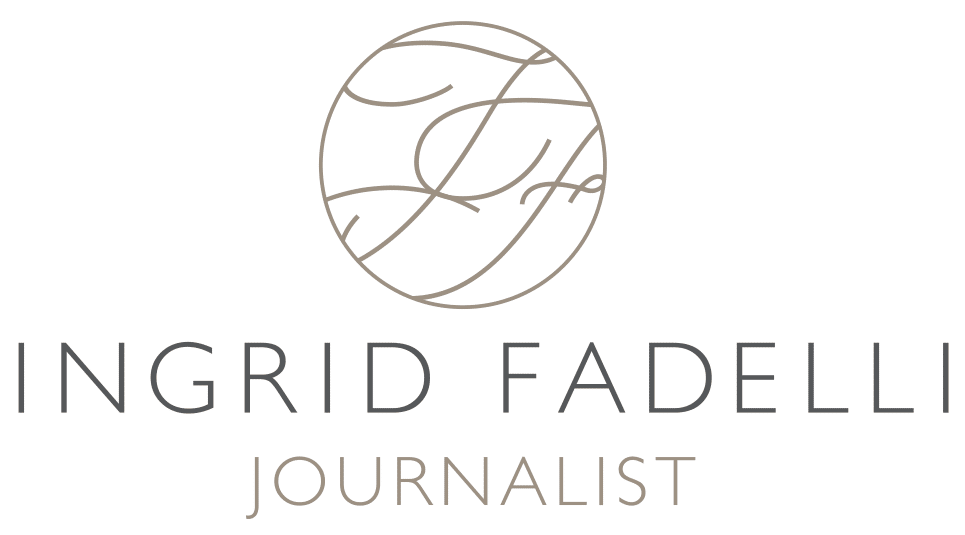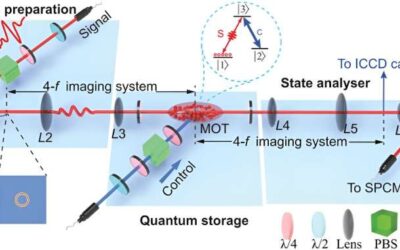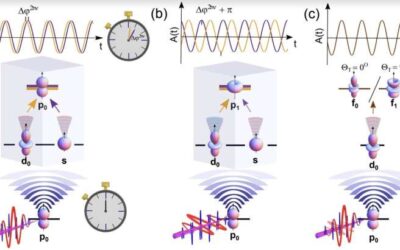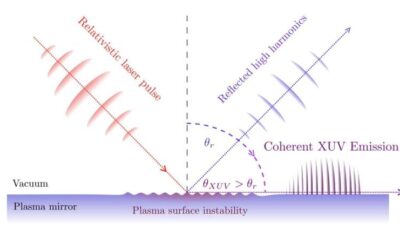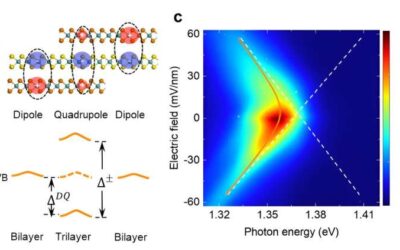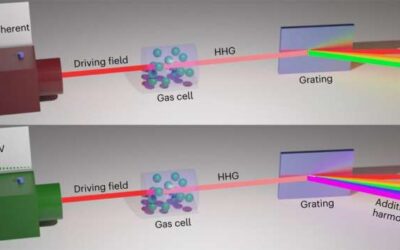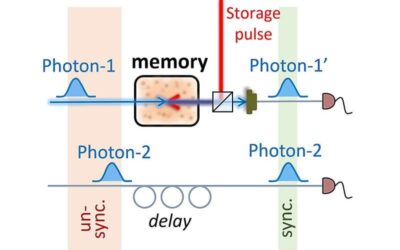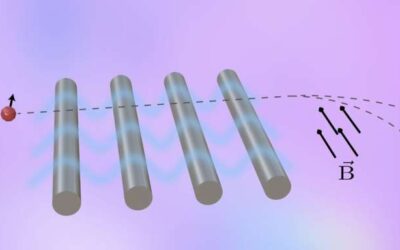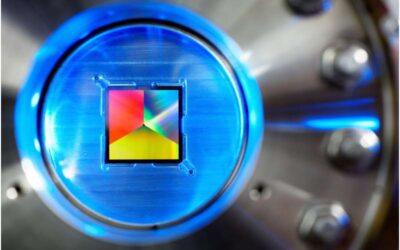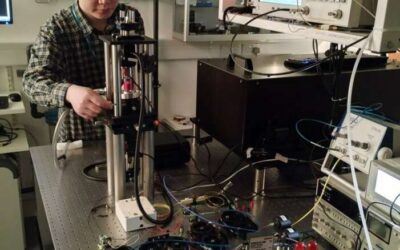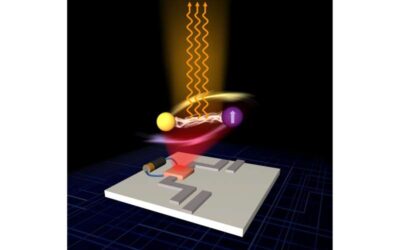Many physicists and engineers have been trying to develop highly efficient quantum technologies that can perform similar functions to conventional electronics leveraging quantum mechanical effects. This includes high-dimensional quantum memories, storage devices with...
Optics & Photonics
A method to resolve quantum interference between photoionization pathways with attosecond resolution
The field of attosecond physics was established with the mission of exploring light–matter interactions at unprecedented time resolutions. Recent advancements in this field have allowed physicists to shed new light on the quantum dynamics of charge carriers in atoms...
An anomalous relativistic emission arising from the intense interaction of lasers with plasma mirrors
Interactions between intense laser pulses and plasma mirrors have been the focus of several recent physics studies due to the interesting effects they produce. Experiments have revealed that these interactions can generate a non-linear physical process known as...
Recent manipulations of excitons in moiré superlattices
Light can excite electron and hole pairs inside semiconducting materials. If the attraction between a negatively charged electron and a positively charged hole (the antiparticle of electron in solid state physics) is strong, they stay bound together, forming states...
A theory of strong-field non-perturbative physics driven by quantum light
Non-perturbative interactions (i.e., interactions too strong to be described by so-called perturbation theory) between light and matter have been the topic of numerous research studies. Yet the role that quantum properties of light play in these interactions and the...
Research team synchronizes single photons using an atomic quantum memory
A long-standing challenge in the field of quantum physics is the efficient synchronization of individual and independently generated photons (i.e., light particles). Realizing this would have crucial implications for quantum information processing that relies on...
An optical method to polarize free electrons in a laboratory setting
Polarized electrons are electrons in which spins have a "preferred" orientation or are preferentially oriented in a specific direction. The realization of these electrons has notable implications for physics research, as it can pave the way toward the creation of...
The first experimental observation of subpicosecond electron bunches originating from an ultracold source
Identifying new sources that produce electrons faster could help to advance the many imaging techniques that rely on electrons. In a recent paper published in Physical Review Letters, a team of researchers at Eindhoven University of Technology demonstrated the...
The realization of a continuous time crystal based on a photonic metamaterial
A time crystal, as originally proposed in 2012, is a new state of matter in which the particles are in continuous oscillatory motion. Time crystals break time-translation symmetry. Discrete time crystals do so by oscillating under the influence of a periodic external...
A highly performing device for polariton-based coherent microwave emission and amplification
When light strongly interacts with matter, it can produce unique quasi-particles called polaritons, which are half light and half matter. In recent decades, physicists explored the realization of polaritons in optical cavities and their value for the development of...
